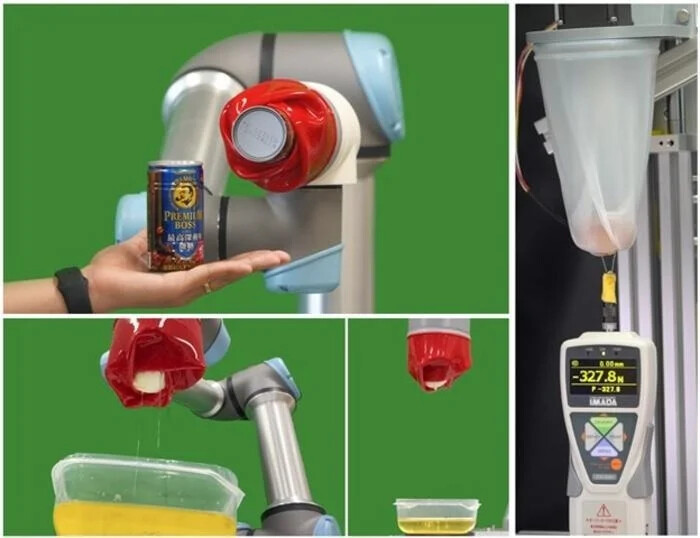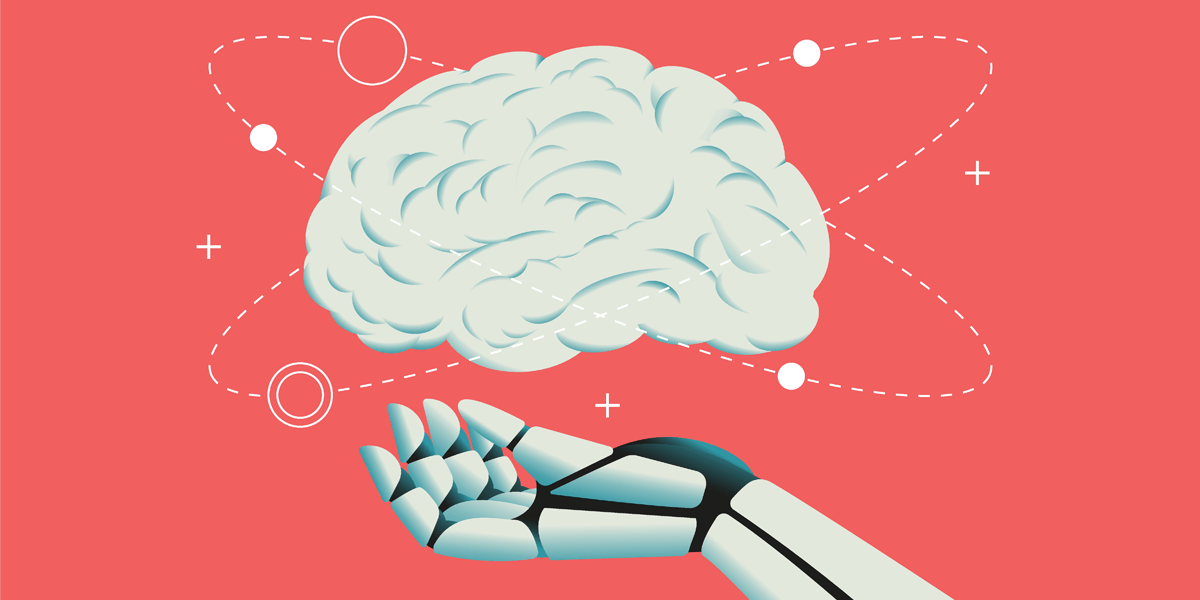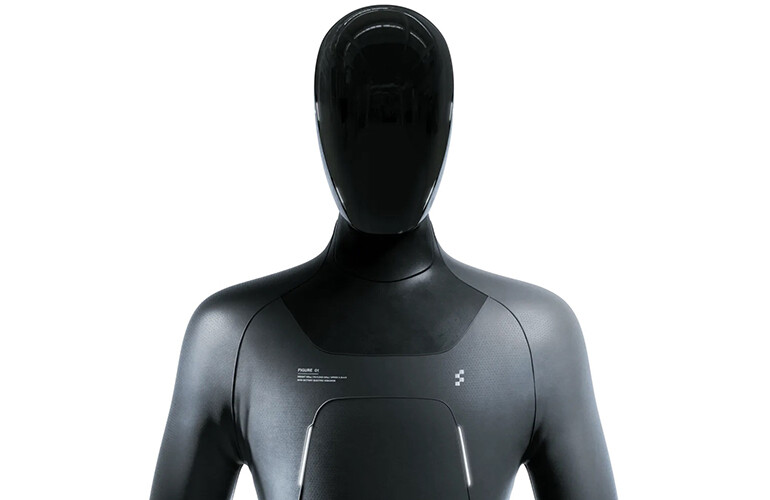
The Robotics Roundup is a weekly newspost going over some of the most exciting developments in robotics over the past week.
In today’s edition we have:
- Robotic Bees Could Support Vertical Farms Today and Astronauts Tomorrow
- ROSE Robotic Gripper Considered a Promising Option for Many Industries
- AI That Teaches Other AI
- Evolving humanoid robotic dexterity from toddler to adult
- A faster way to teach a robot
BONUS: #RoboCup2023 in tweets – part 1
Robotic Bees Could Support Vertical Farms Today and Astronauts Tomorrow
Robotic pollinators, or robotic bees, could potentially rescue vertical farming operations by addressing the challenge of incorporating pollinators in indoor farming. Researchers have been working on robotic pollinators for over a decade, with technologies like Polybee and Arugga offering solutions. Polybee adapts mini-drones to vibrate flowers and release pollen, while Arugga’s bots use pulses of air for pollination. These robotic pollinators can reduce infections between plants and protect wild bees, making them a promising addition to vertical farming and potentially aiding in space farming. Researchers believe that robotic pollinators have the potential to significantly contribute to addressing global food insecurity and can be placed almost anywhere.
ROSE Robotic Gripper Considered a Promising Option for Many Industries
Researchers from the Japan Advanced Institute of Technology have developed a soft robotic gripper called “ROSE” (Rotation-based Squeezing Gripper) that is inspired by the changing shape of roses. The gripper consists of a cylindrical funnel connected to a hard circular base, which wraps around objects when the base is turned. The design of ROSE offers several advantages over traditional grippers, including lower manufacturing costs, the ability to handle a wide range of objects without complicated control mechanisms, and durability. The researchers suggest that ROSE could be used in applications such as harvesting operations, sorting items in factories, and handling tasks in cluttered environments like kitchens and warehouses.
AI That Teaches Other AI
A team of researchers led by Professor Laurent Itti and Ph.D. student Yunhao Ge have developed a new approach to AI learning, enabling robots to teach each other and share knowledge. The researchers created a tool called SKILL (Shared Knowledge Lifelong Learning), in which AI agents learn multiple tasks simultaneously and then share their knowledge over a decentralized communication network. This approach significantly reduces the time required for learning and enables robots to master a wide range of tasks. The researchers believe that this research has the potential to scale up to thousands or millions of tasks, transforming various fields such as medicine and creating a more connected and intelligent global community.
Evolving humanoid robotic dexterity from toddler to adult
Roboticists are neglecting the importance of replicating human dexterity in the race to build general-purpose humanoid robots. While the industry focuses on macro movements like walking, robotic dexterity and hand movement are often secondary, resulting in clumsy robots compared to humans. Designing robots with rich sensing and tactile capabilities is crucial for achieving dexterity and replicating human skills. Actuators, sensors, and processors play a vital role in creating a hardware platform capable of acquiring new skills. Embodied learning and interaction with the physical environment are necessary for robots to develop intuition and understand physical cause and effect. This shift in design thinking is essential for the future of robotics and the development of true Artificial General Intelligence.
A faster way to teach a robot
Researchers from MIT, New York University, and the University of California at Berkeley have developed a technique that allows non-technical users to fine-tune a robot that has failed to complete a task. The system generates counterfactual explanations for why the robot failed and asks for feedback from the user. This feedback is then used to generate new data to train the robot, resulting in more efficient learning. The researchers tested the technique in simulations and found that it outperformed other methods in terms of training speed and user effort. This framework could potentially enable general-purpose robots to perform tasks in various environments, benefiting elderly individuals or those with disabilities.





